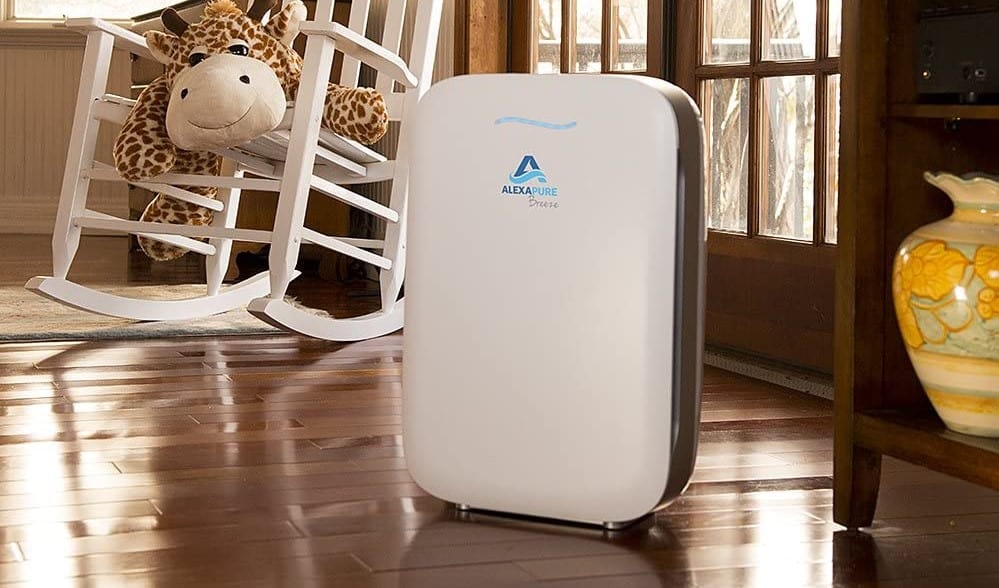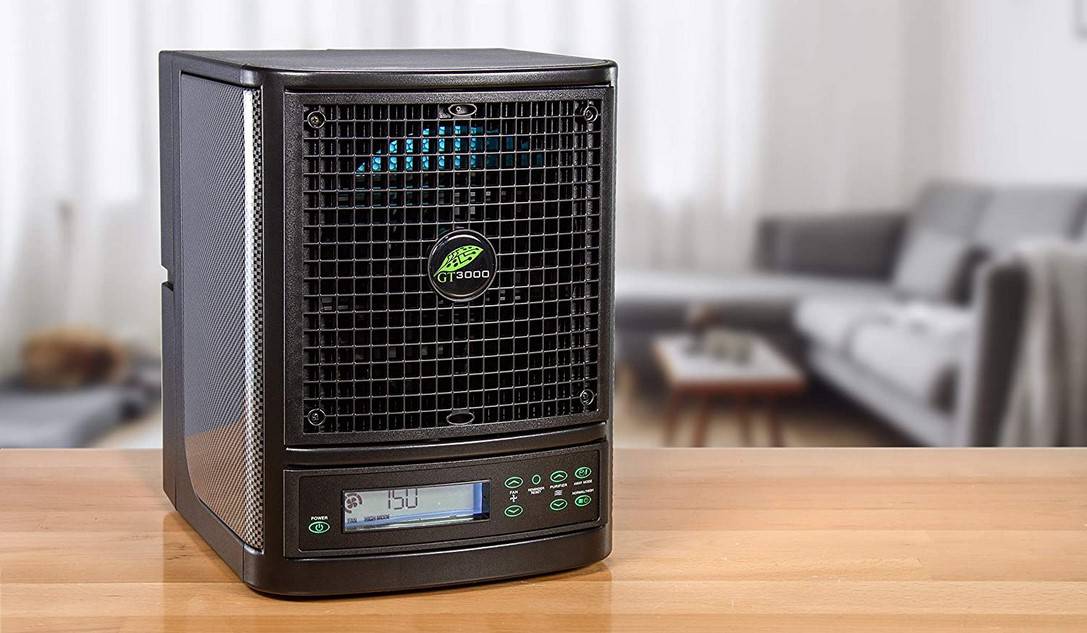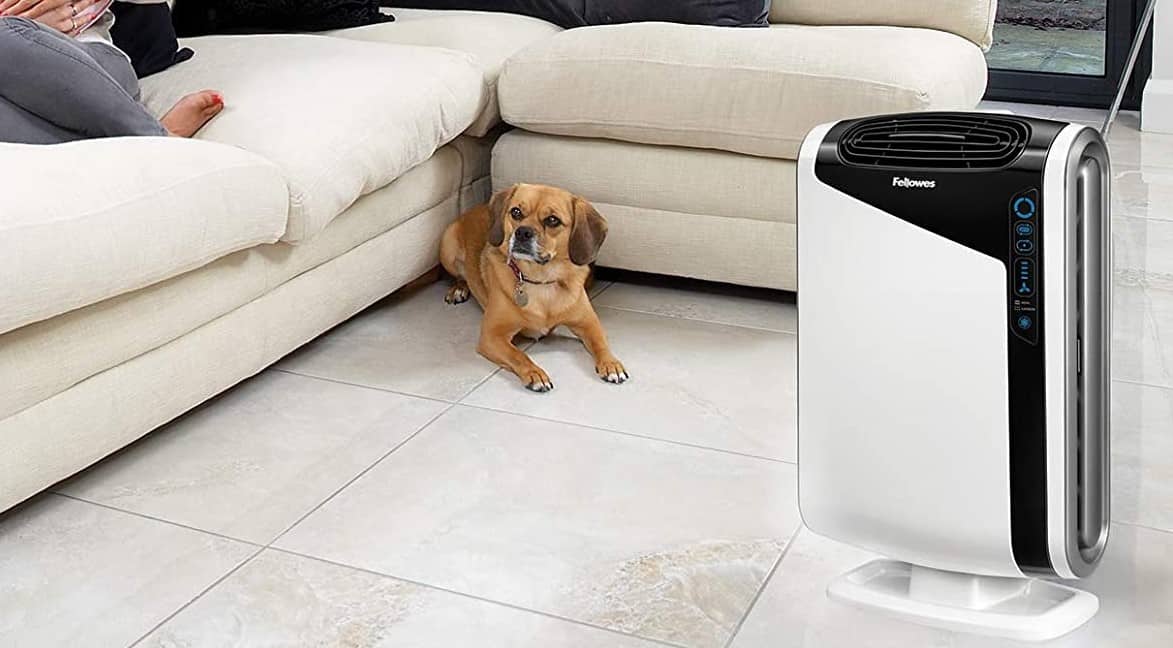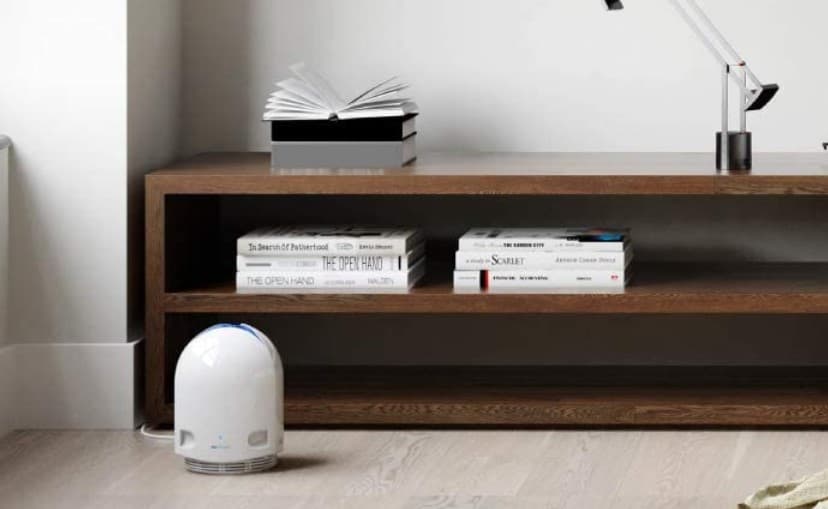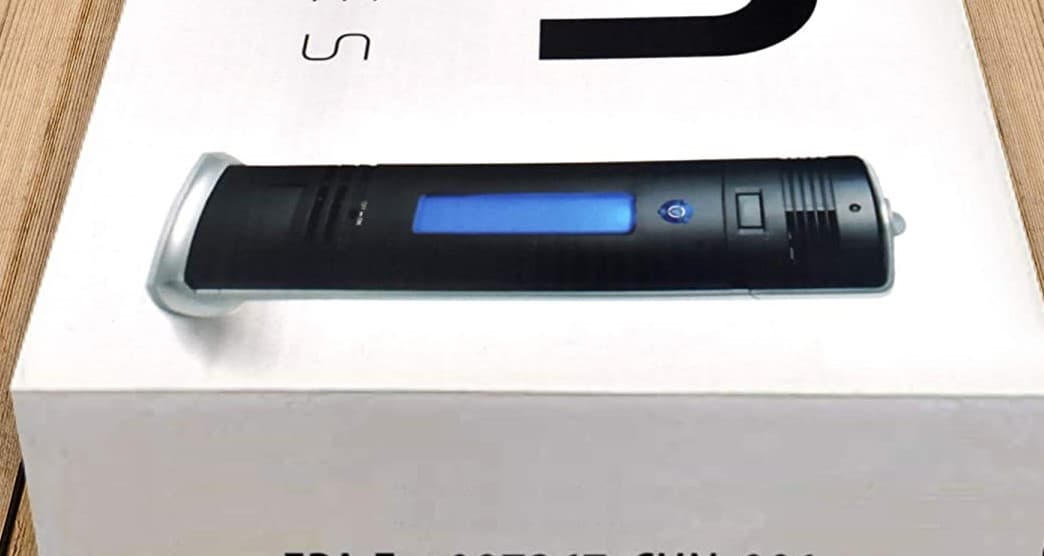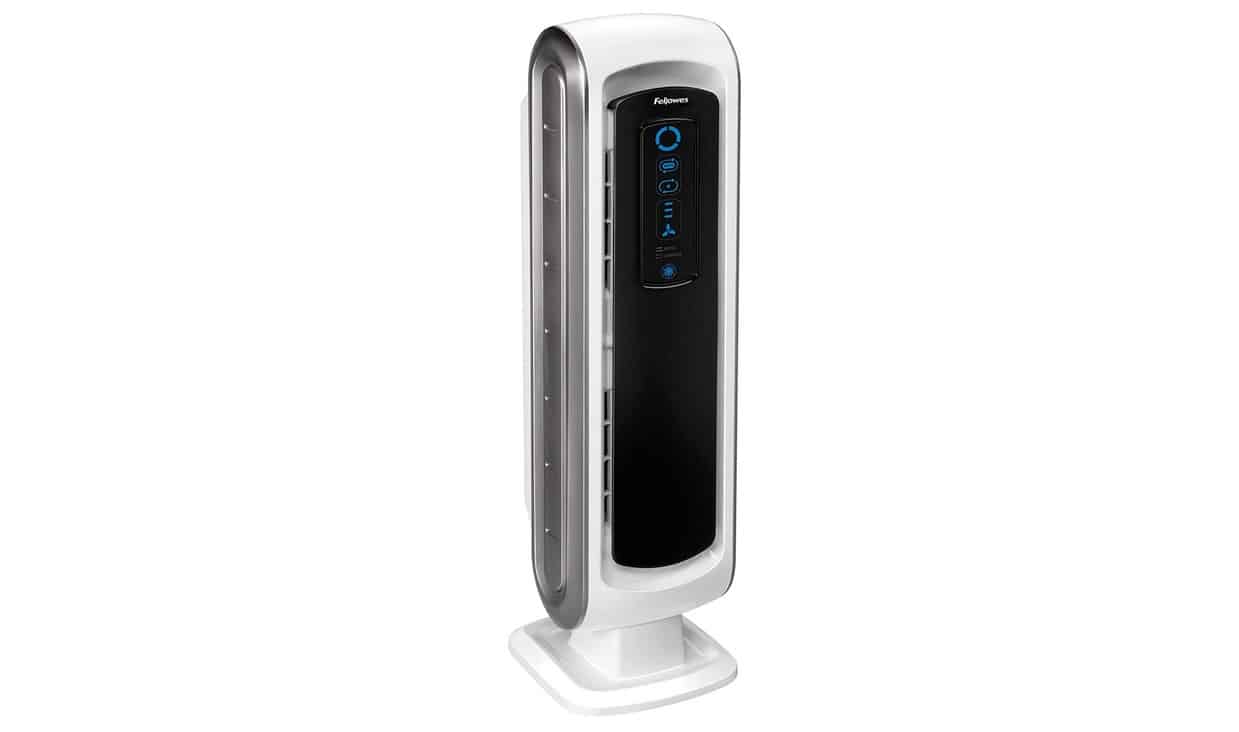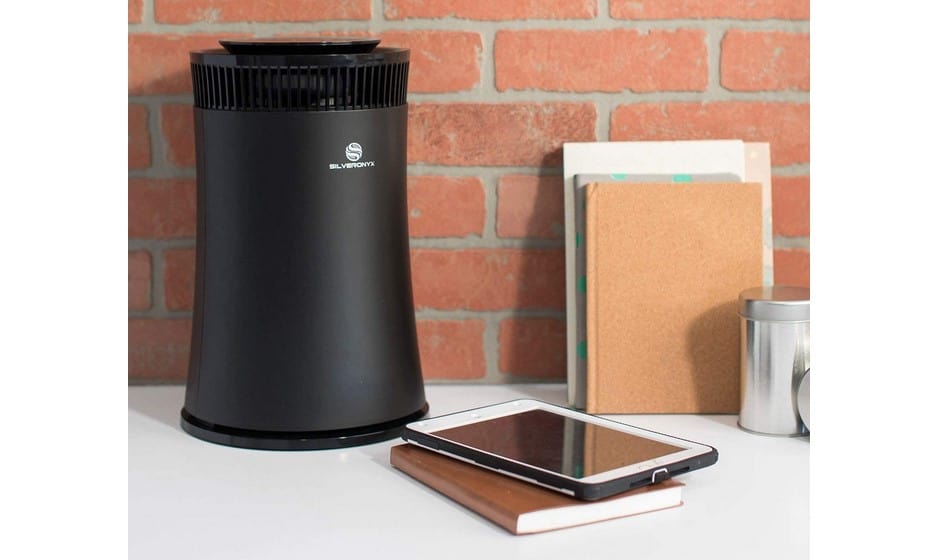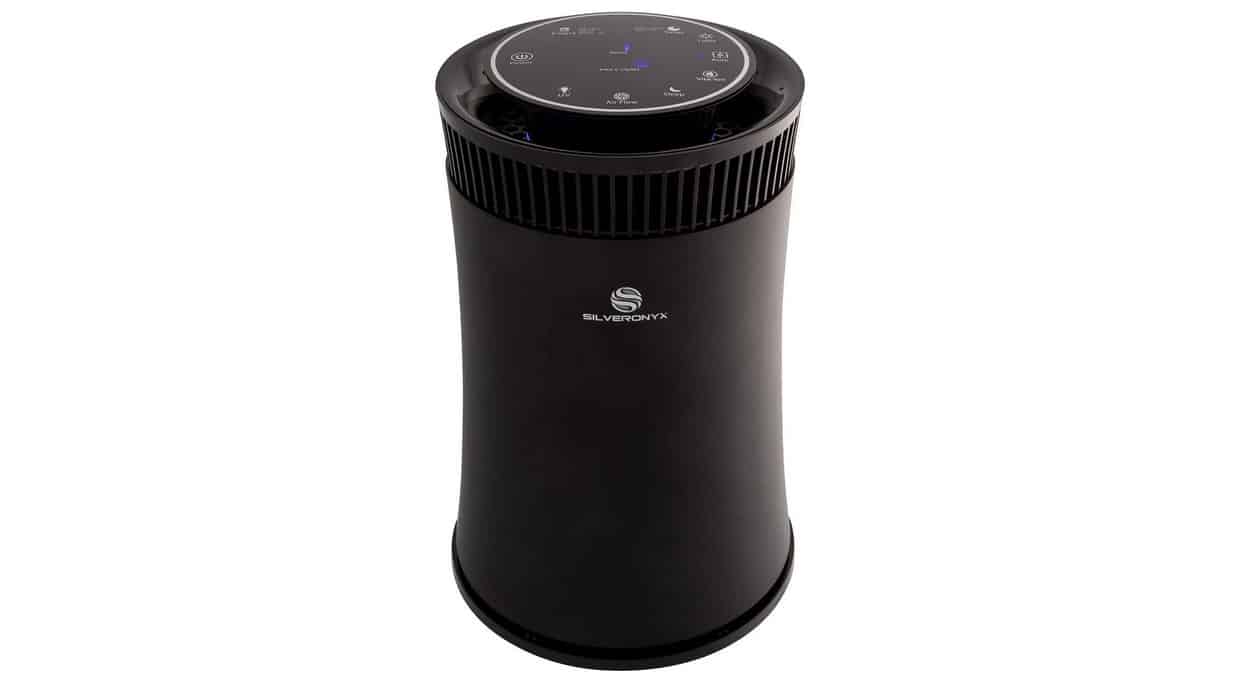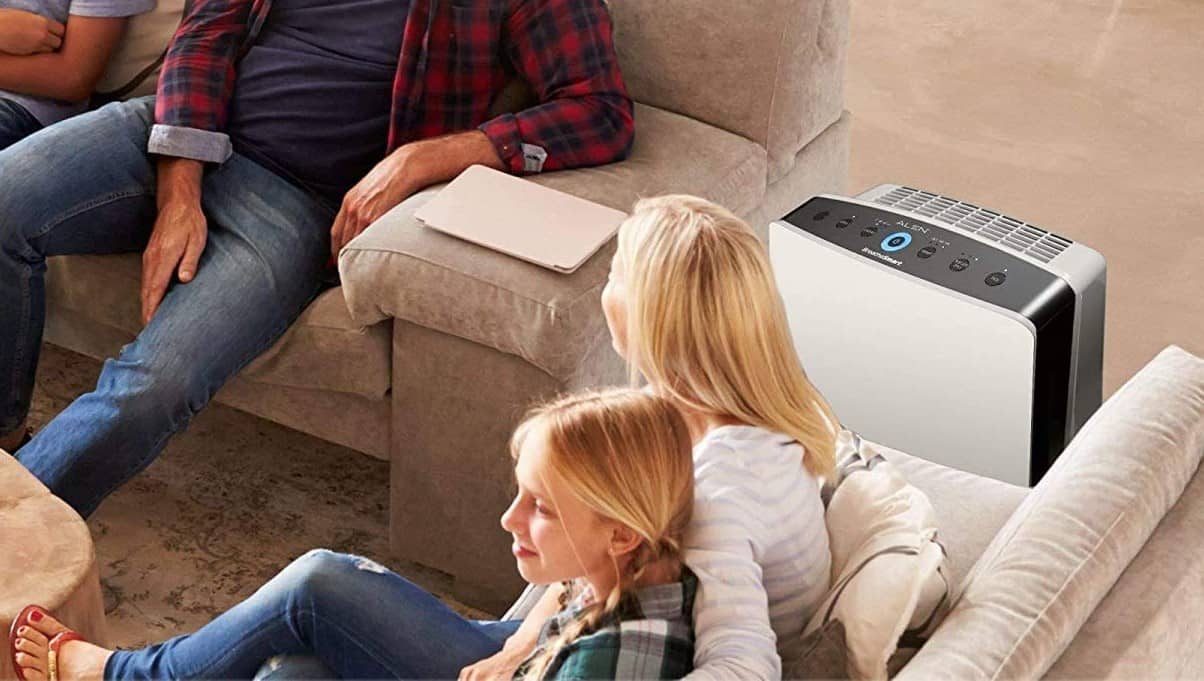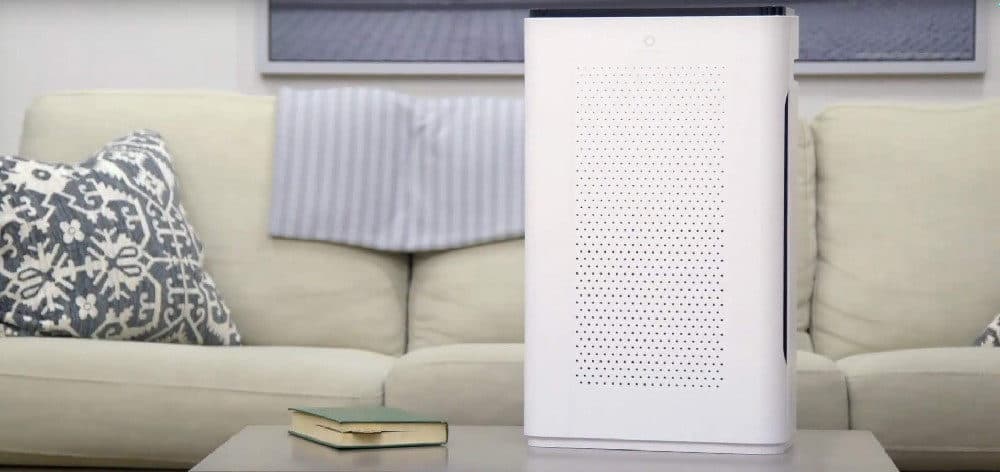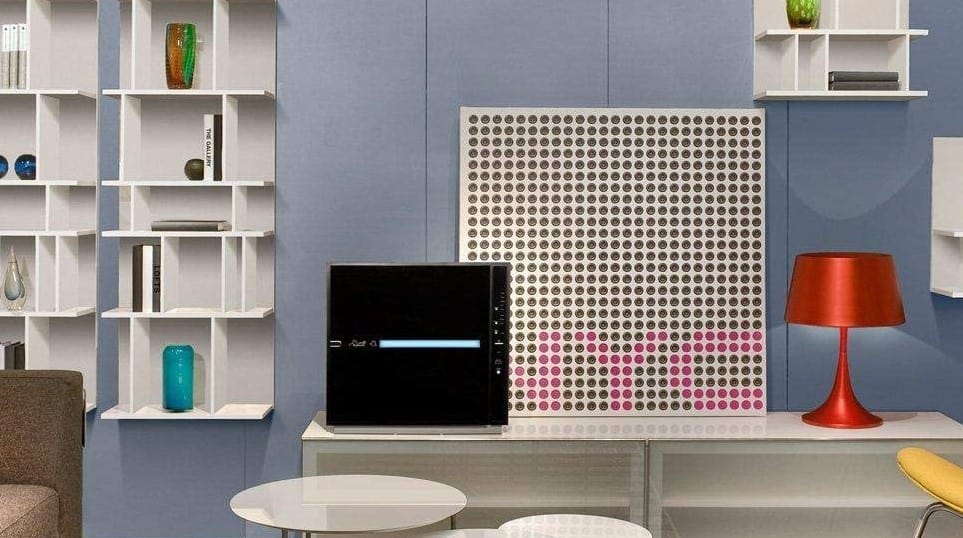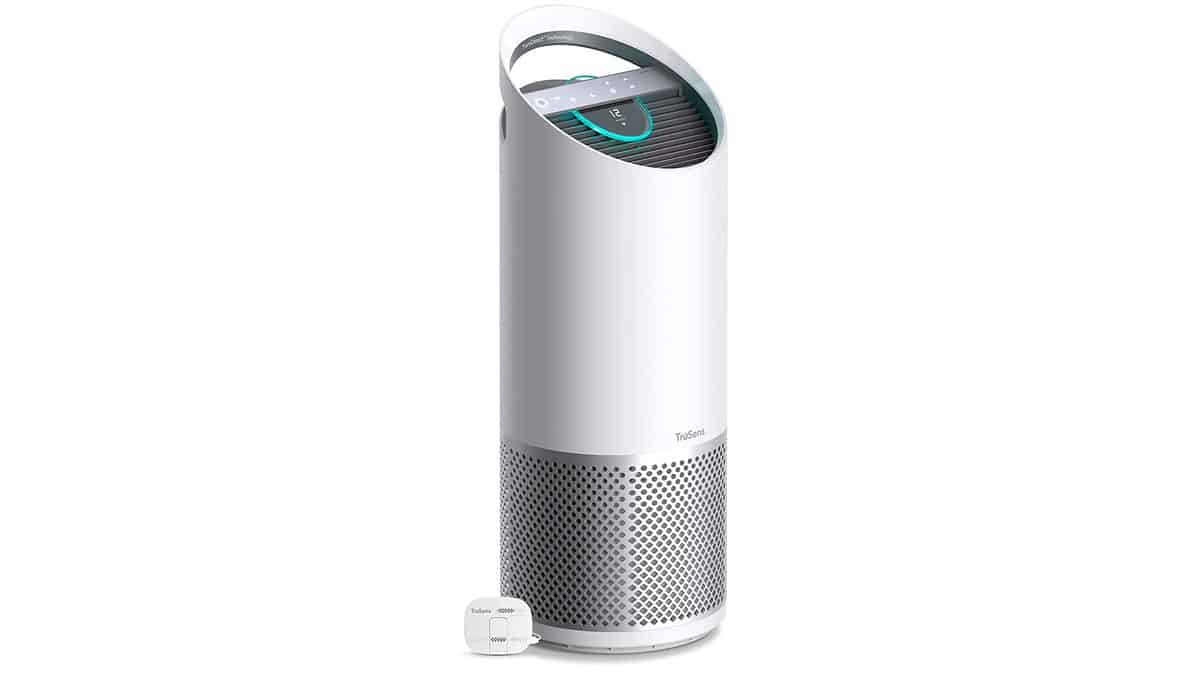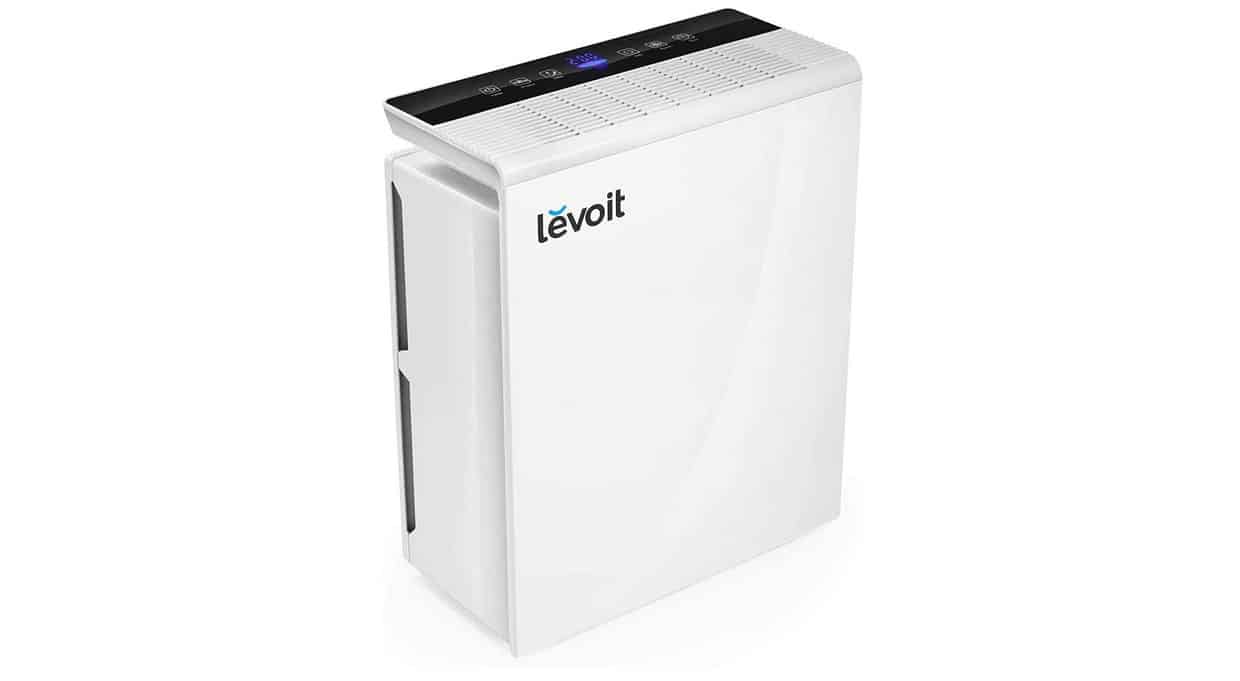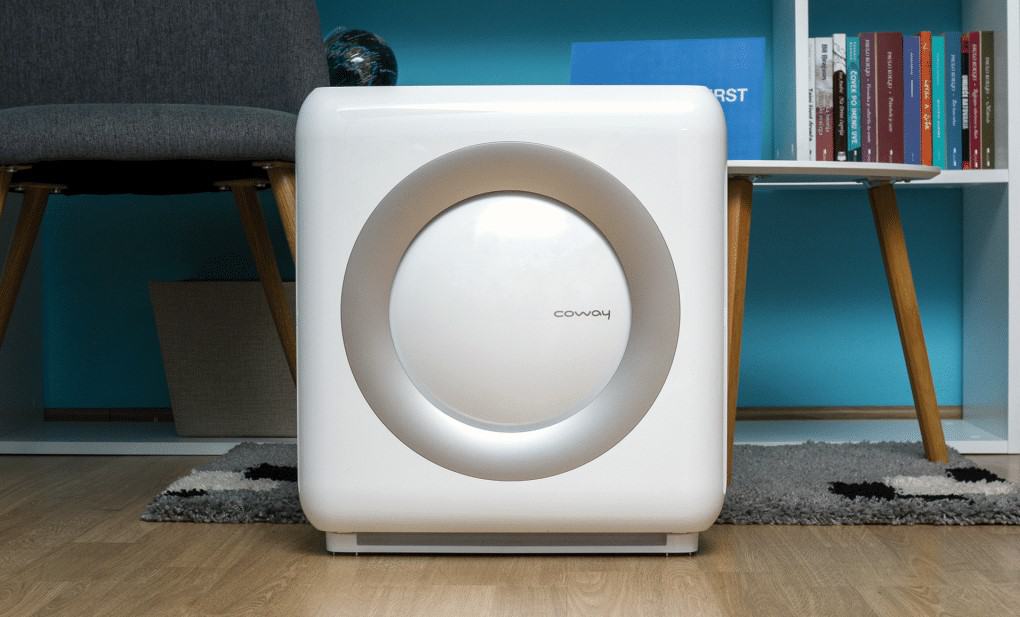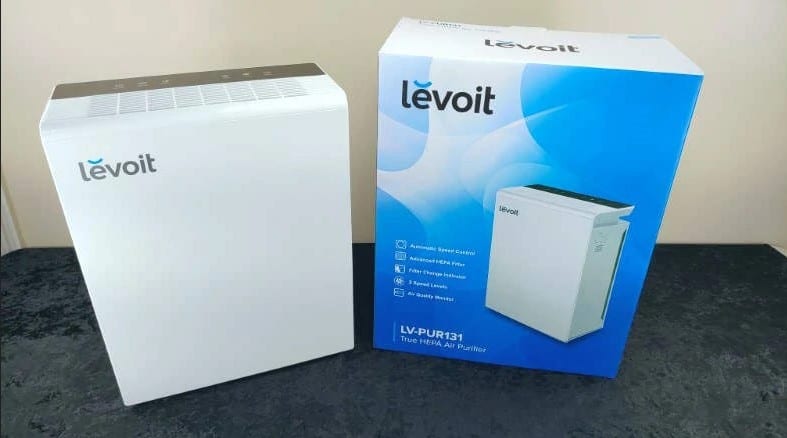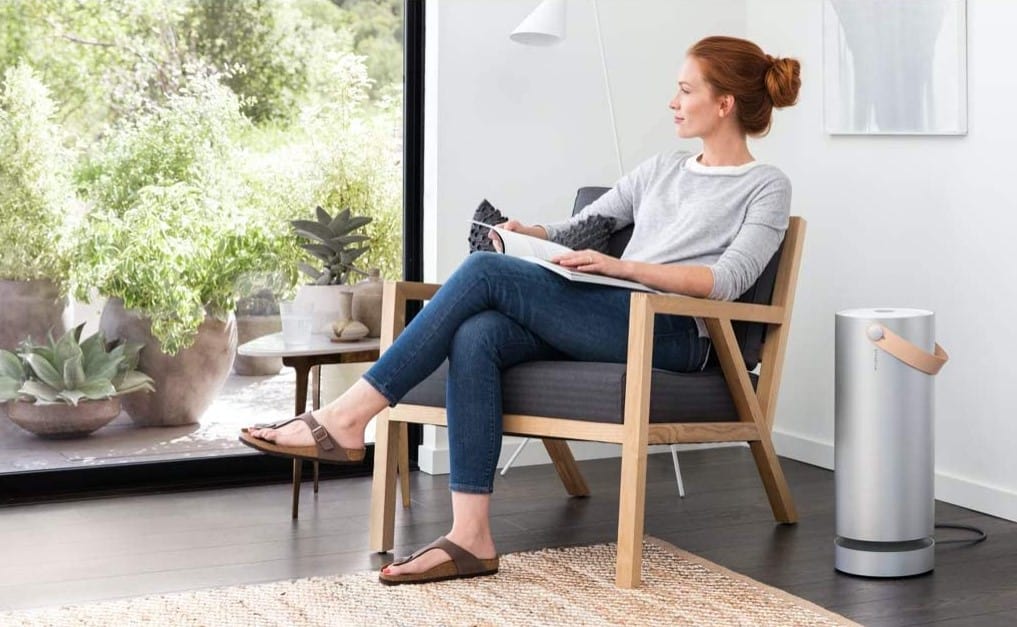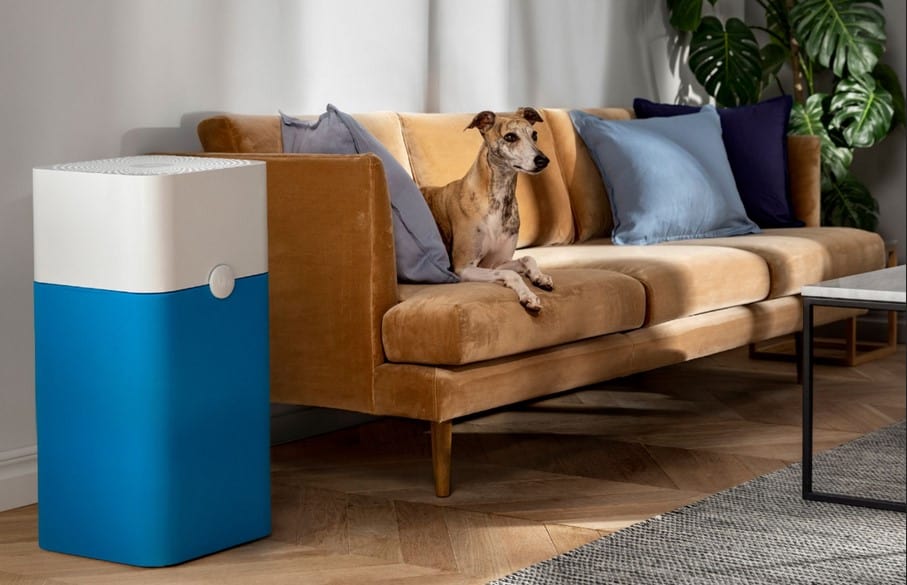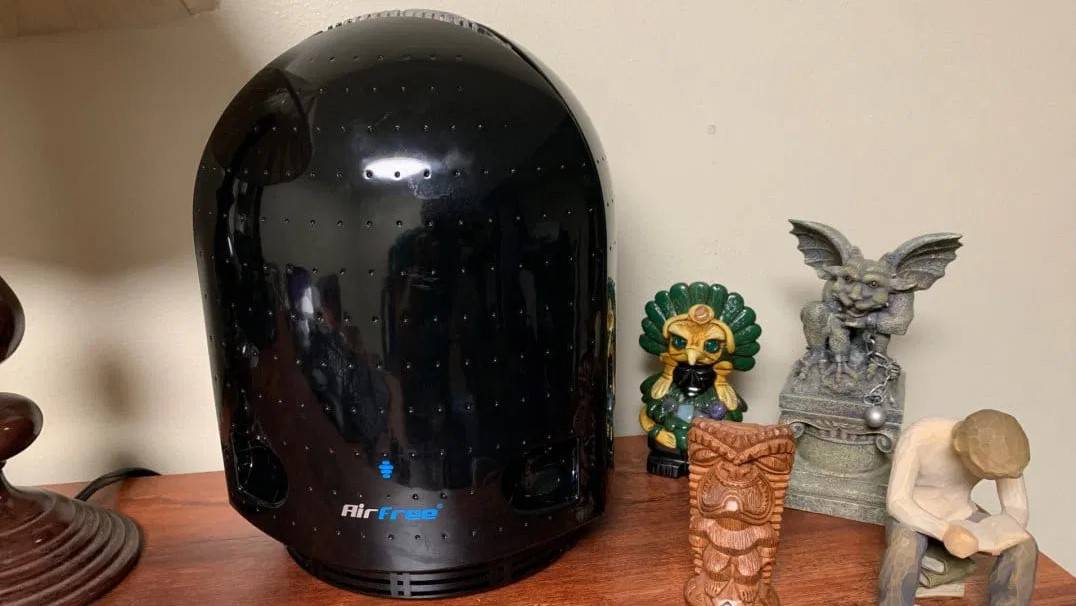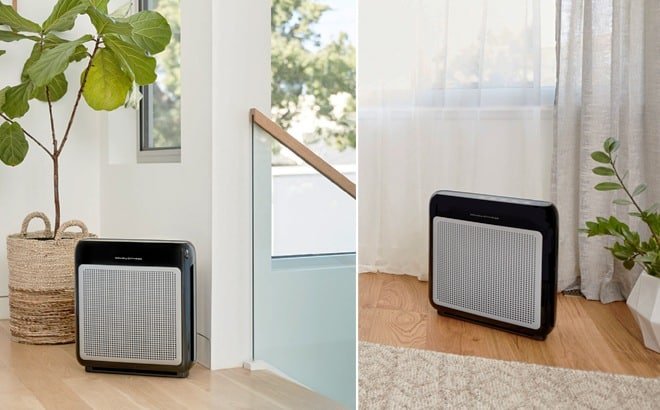There are numerous types of top-rated air purifiers out there, one of which is a kind that uses electrostatic filters to purify the air. How to clean air purifier electrostatic filters? Read on and find out.
KEY TAKEAWAYS:
- Many air purifiers feature electrostatic filters, which are made from metal and use static electricity to purify the air.
- These filters should be hand-washed once a month using a garden hose and a power spray nozzle.
- Be sure to spray the clean side of the filter, as this will force contaminants out of the dirty side.
What is an Electrostatic Filter?
Before you know how to clean an electrostatic filter, it will be useful to know how these filters work and what they are.
An electrostatic air filter is comprised of a series of vented metal layers. As air is pushed through these layers, the metal becomes charged with static electricity. This static electricity attracts contaminants, trapping them inside the filter. You will commonly find electrostatic air filters in air purifiers, furnaces, and even some vacuums.
Insider Tip
An electrostatic air filter is comprised of a series of vented metal layers.
You Clean an Electrostatic Filter?
Yes. Electrostatic filters are designed to be cleaned and reinserted back into the air purifier. Most manufacturers recommend that you complete a cleaning process once every 30 days, though this will vary depending on usage. You may likely find some white powder where you put your air purifier.
How to Clean an Electrostatic Filter
It is extremely easy to clean an electrostatic air filter, though the actual process may differ depending on the size, shape, and overall design of your specific filter. Here are some tips.
Insider Tip
Most manufacturers recommend that you complete a cleaning process once every 30 days, though this will vary depending on usage.
Read the Instructions
As previously stated, there is not really a one-size-fits-all process when it comes to cleaning an electrostatic filter. We strongly recommend that you read the instructions that accompanied your air purifier for specific details. There may be some variances in what kind of the cleaning process looks like for your filter.
Use a Garden Hose
You can clean an electrostatic filter, which may or may not be better than a HEPA filter, with water by using a standard garden hose. Be sure to wash the clean side of the filter, as this will force contaminants out via the dirty side. Continue to spray the filter until the dirty side no longer appears so dirty. This could take a few minutes, so exercise patience. It is generally a decent idea to use the power spray nozzle to complete this task.
Dry and Reinsert
After washing the filter down, let it dry for 15 to 30 minutes. Electrostatic filters are made from metal and they dry quickly, so there is no need to leave them out overnight. Once the filter is sufficiently dry, carefully reinsert it into the air purifier. Voila. Your filter has been cleaned. Ensure you find the right location for your air purifier to enable it to work well. You should not place it in a place like on a wall or in tight corners where airflow is restricted.
Just like it is very crucial to clean electrostatic filters, you should also know when to change an air purifier filter. This is because it cannot be effective when clogged with dust and other impurities. Other maintenance tips include using disinfectant in your air purifier, learning about the white powder on the floor by your air purifier, and figuring out why your air purifier smells.
Warning
We strongly recommend that you read the instructions that accompanied your air purifier for specific details.
F.A.Q.
How do I know washable electrostatic filters work?
Stick to a reputable company when it comes to purchasing an electrostatic air filter. That will ensure that the purifier works as intended to remove contaminants from the home.
Are ozone generators effective at cleaning the air?
Ozone generators are considered to be relatively effective at cleaning the air, but they release plenty of ozone into the air to do so. Ozone can be dangerous when breathed in, especially in the long term.
Can air purifiers help?
Air purifiers can help. They work but are not miracle workers. Modern air purifiers do a decent job at removing allergens from the air, trapping germ and virus particles, and eliminating foul odors.
STAT: Electrostatic precipitators have an efficiency of up to 98 percent according to various tests (if the air passes through the device slowly), mainly because they can remove fine particles. (source)

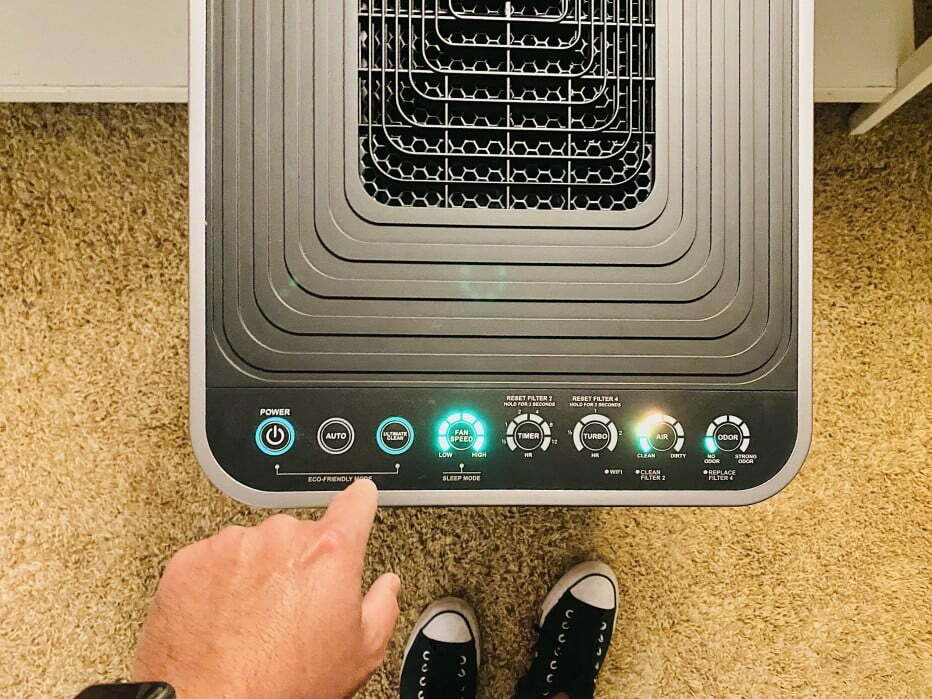













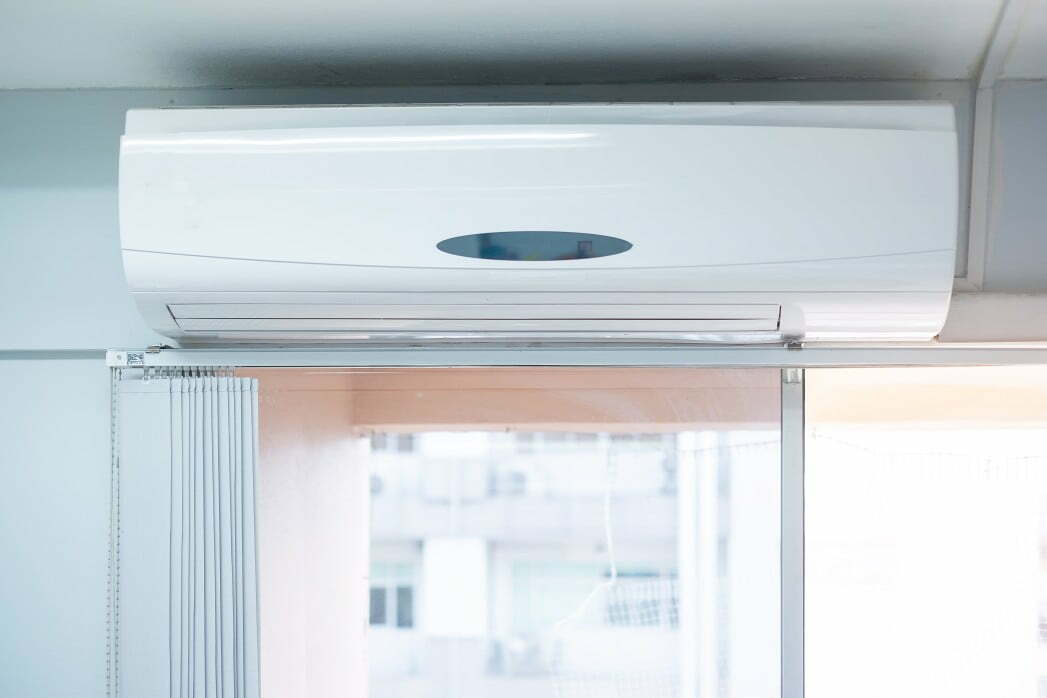
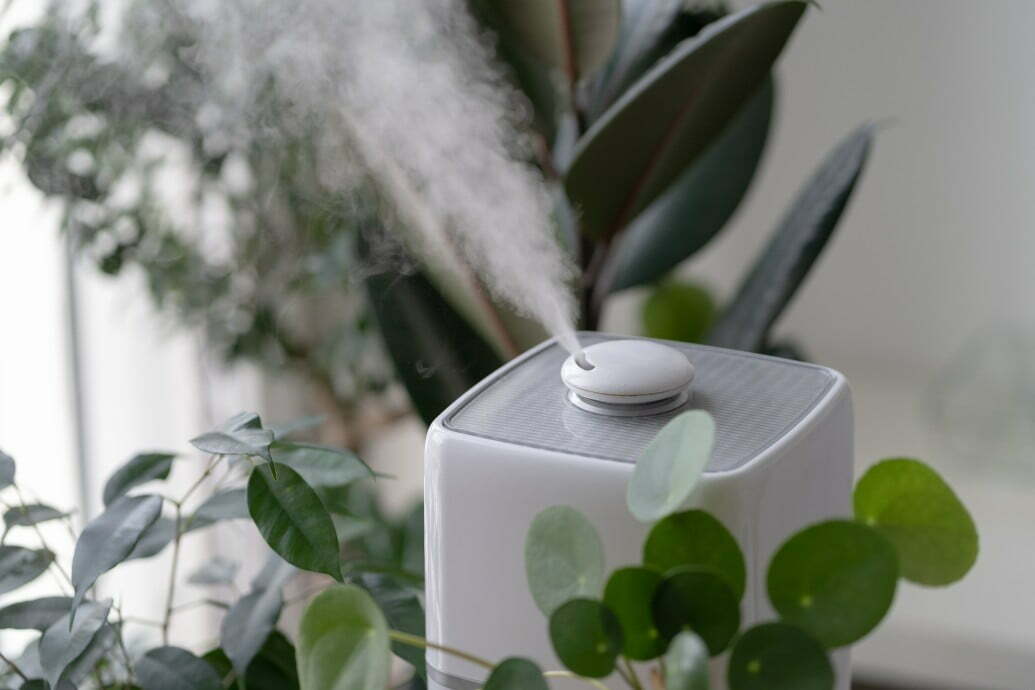
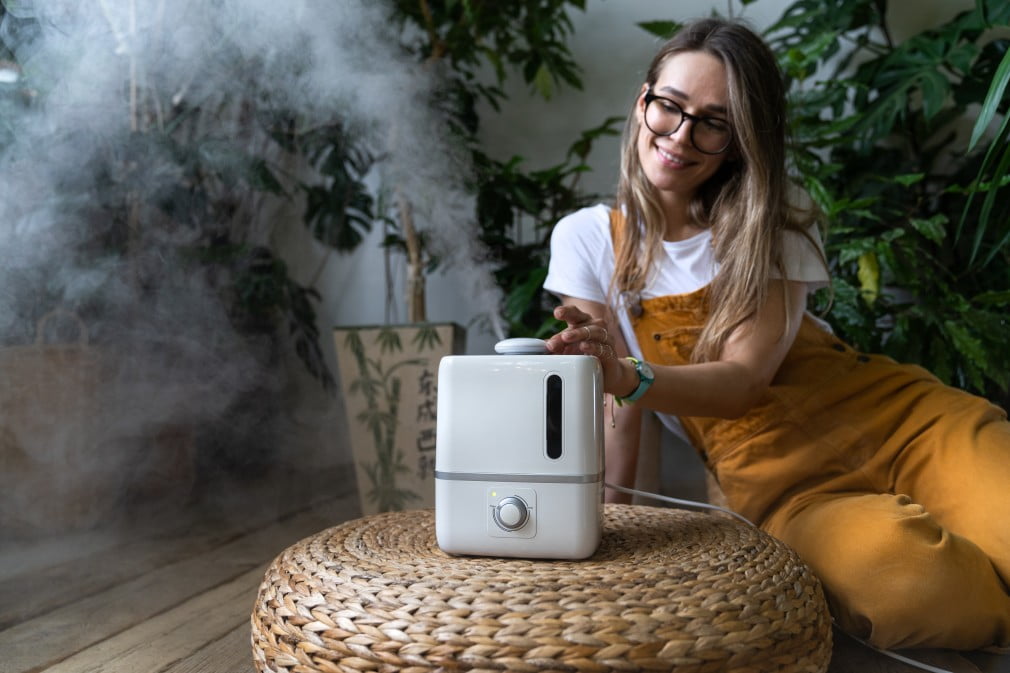
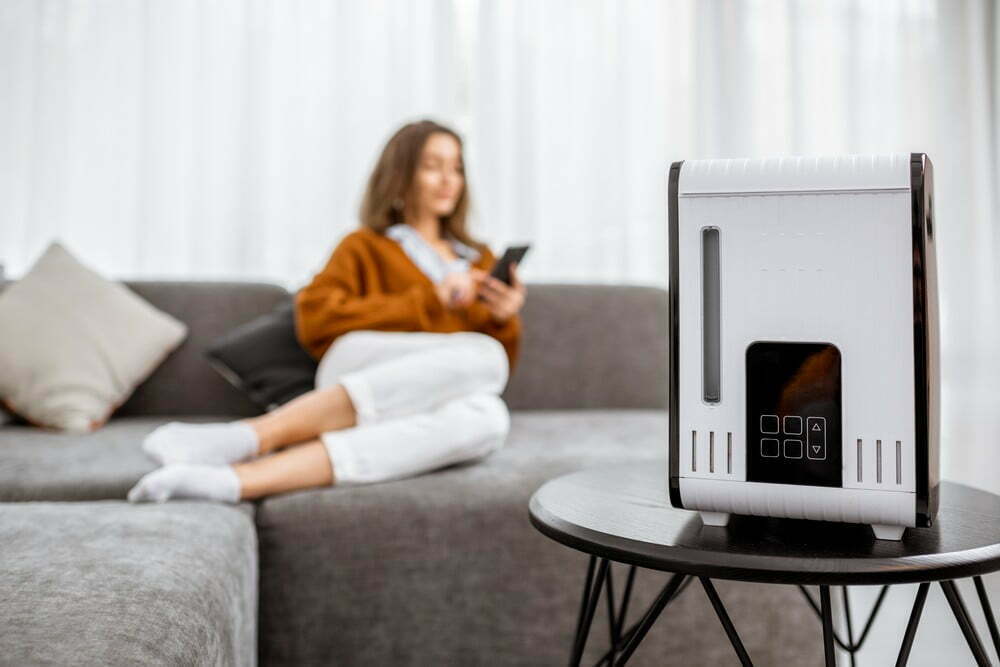
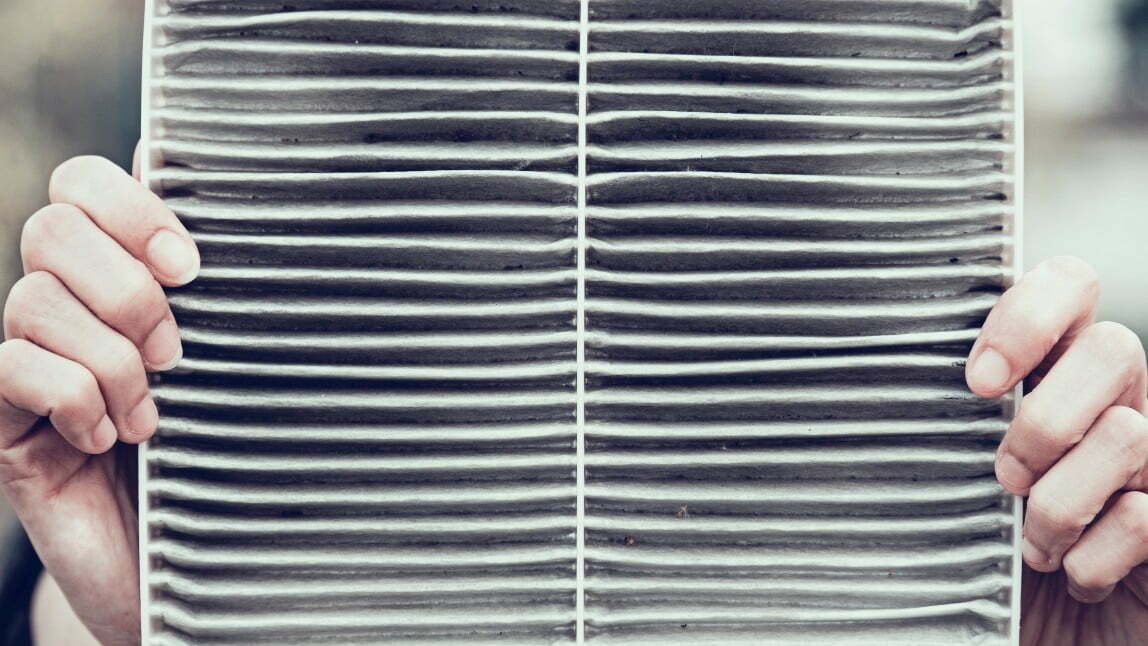
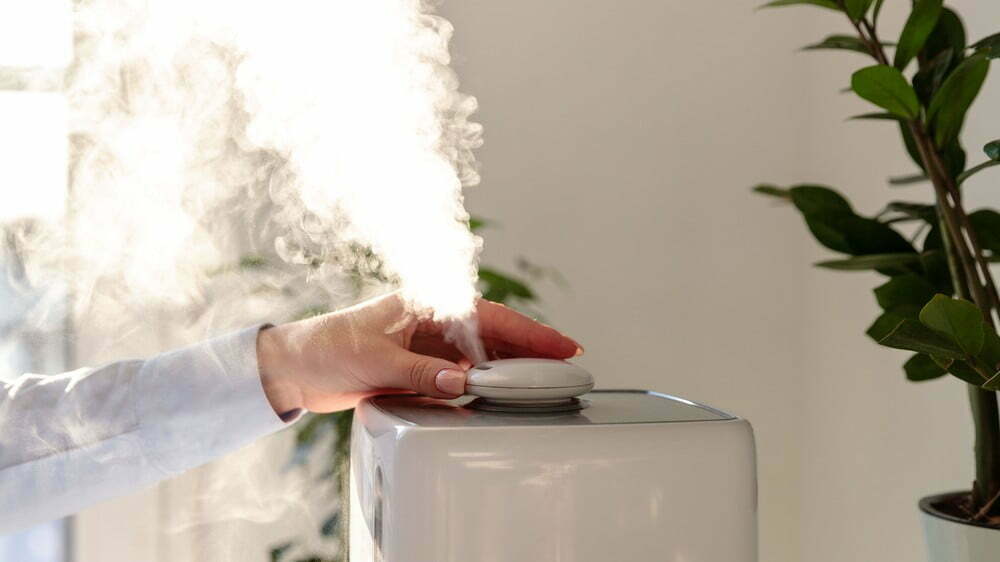
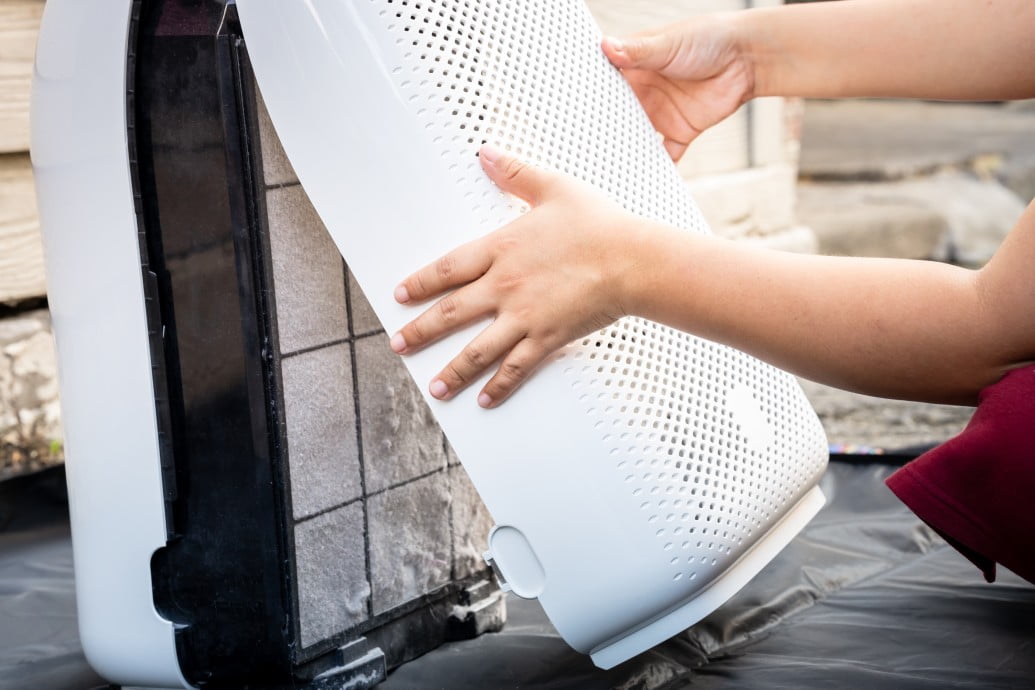
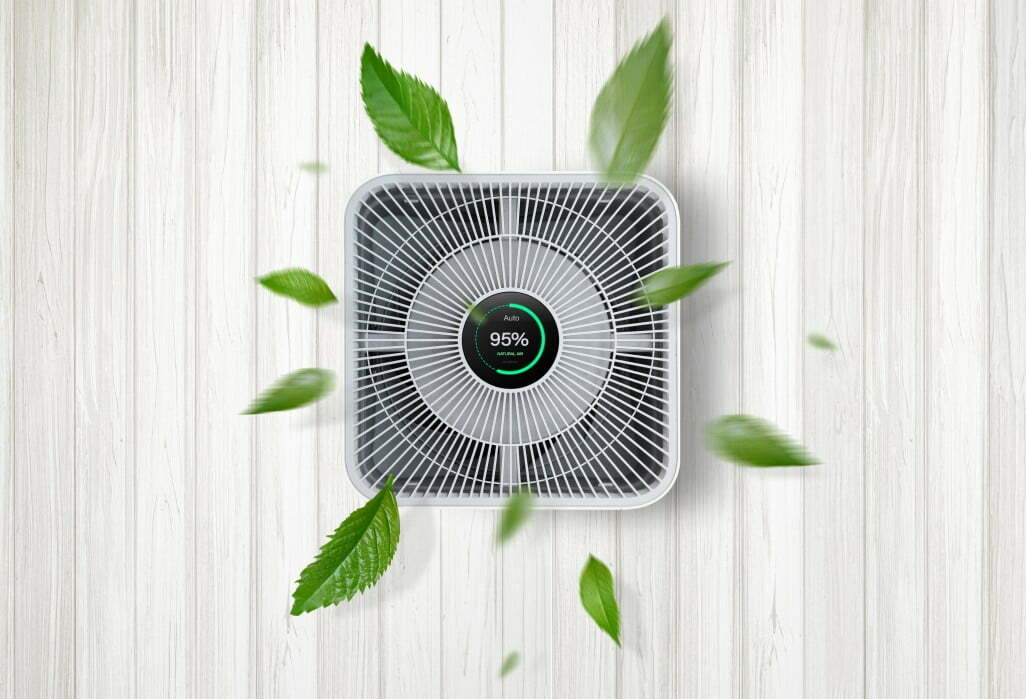
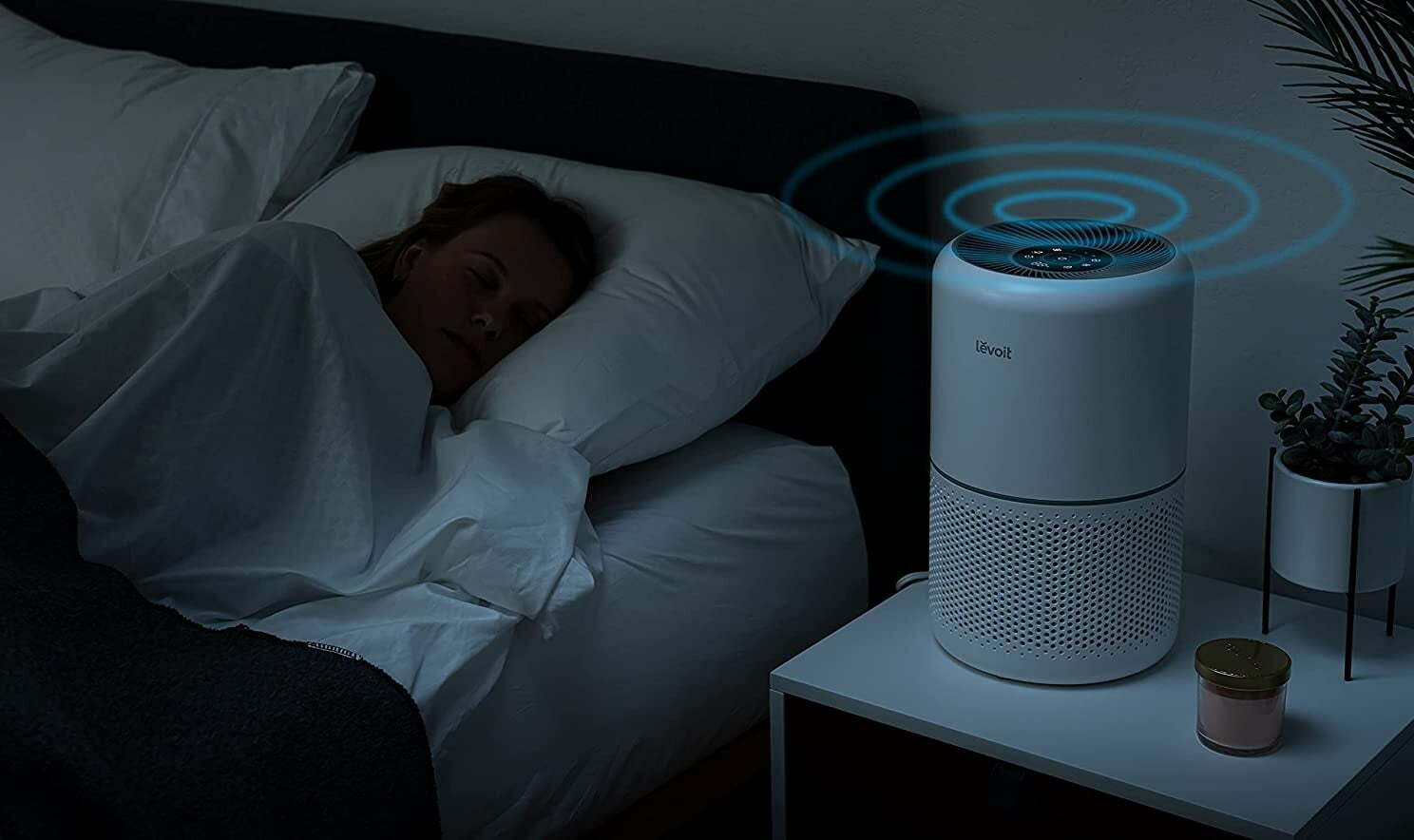
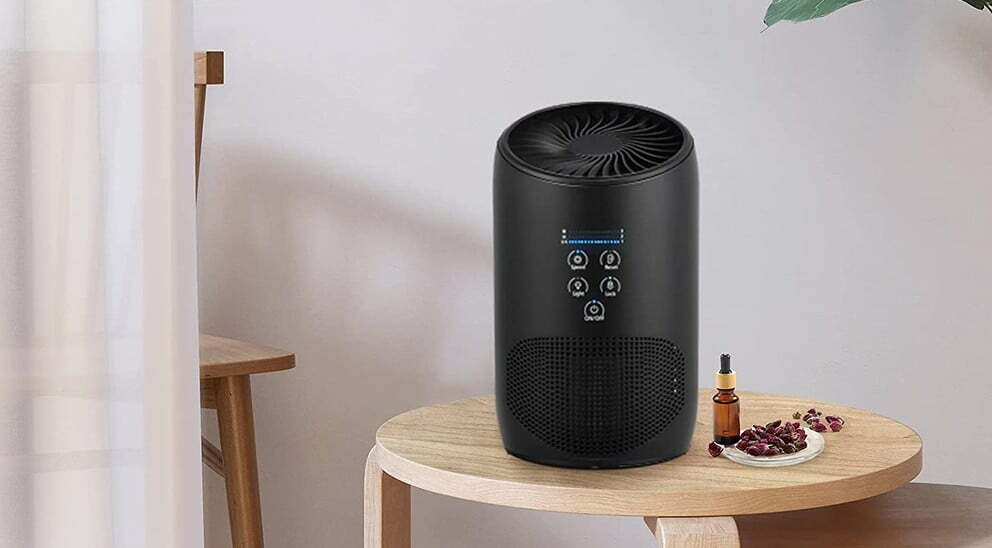
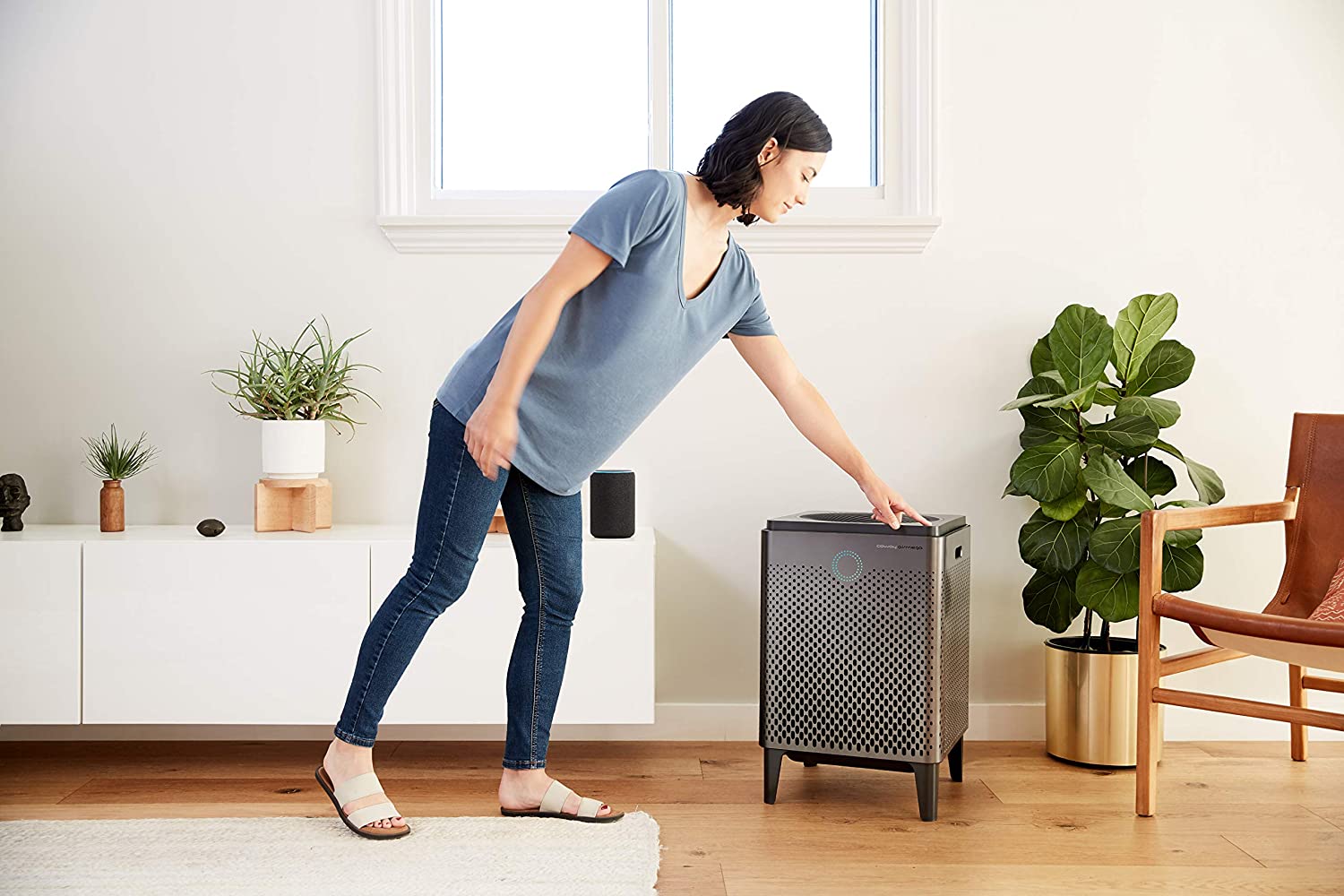
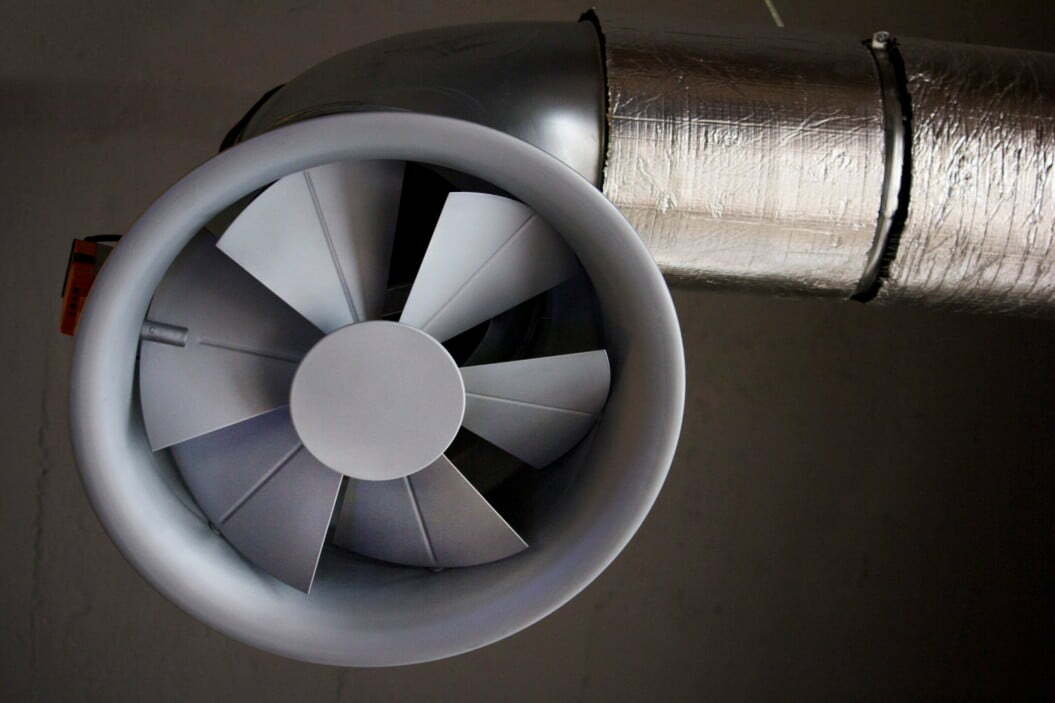
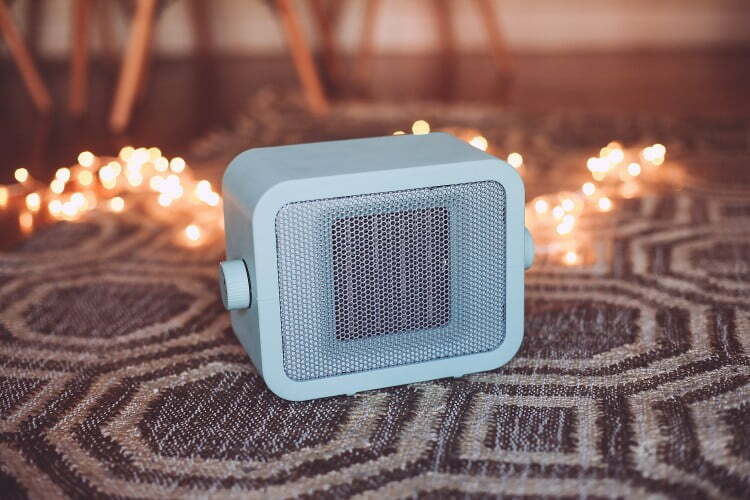
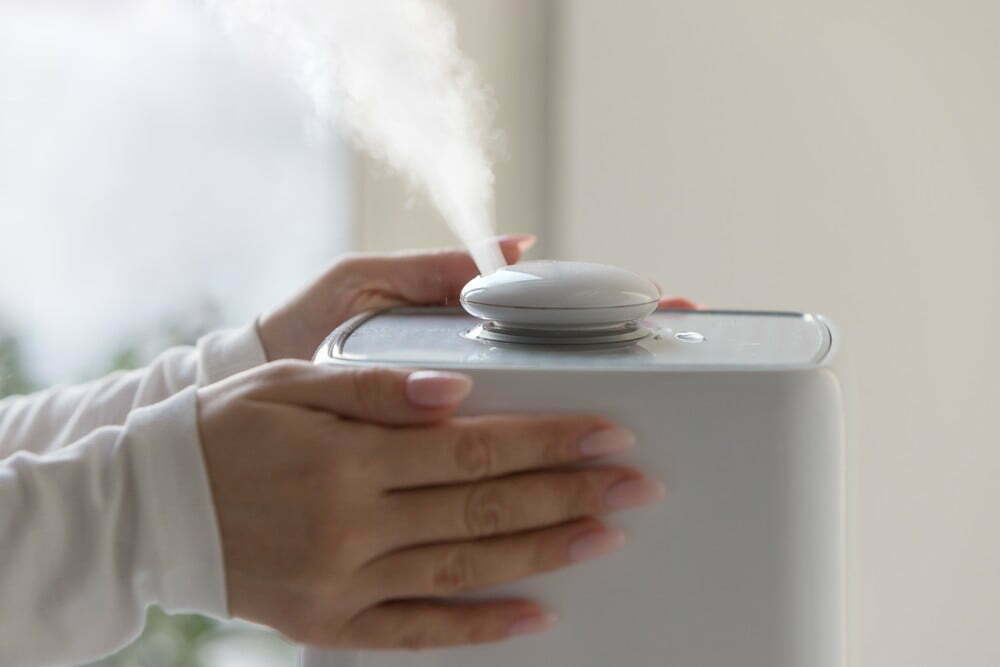
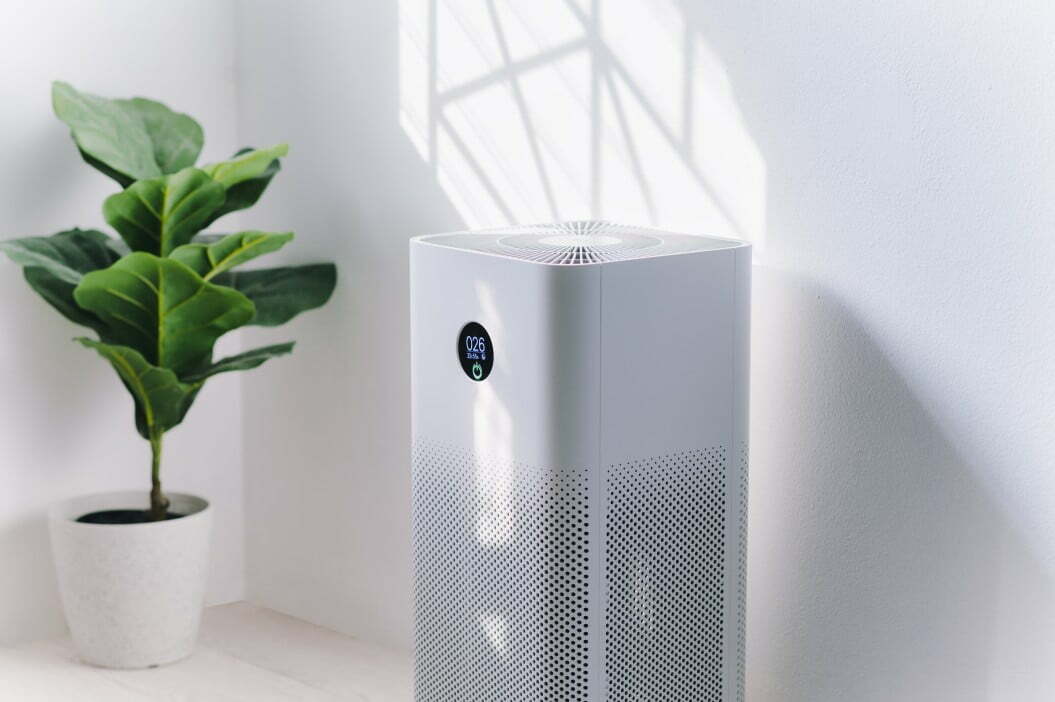
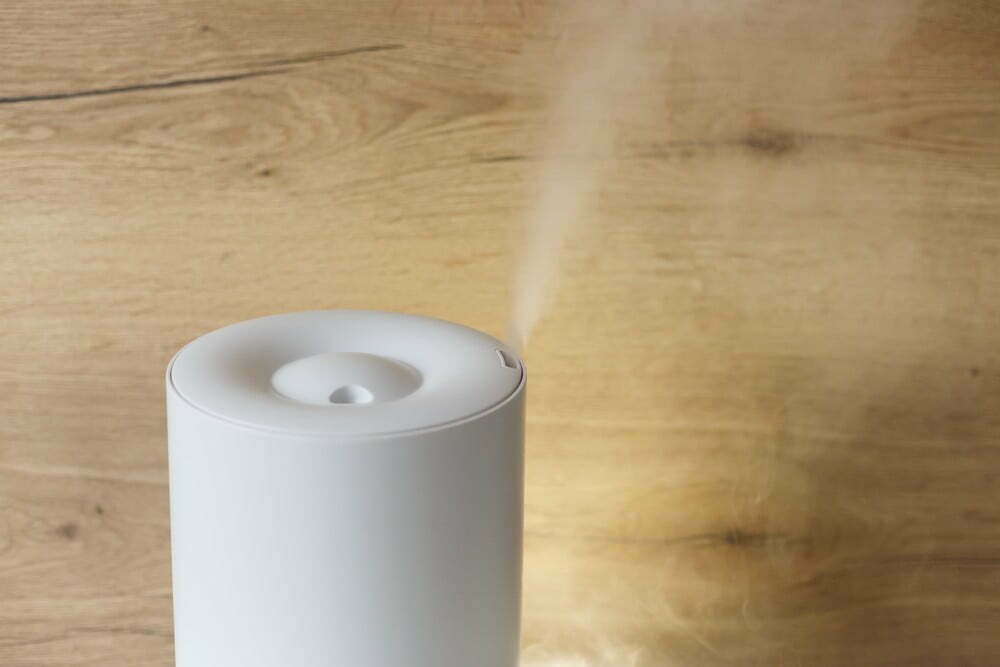
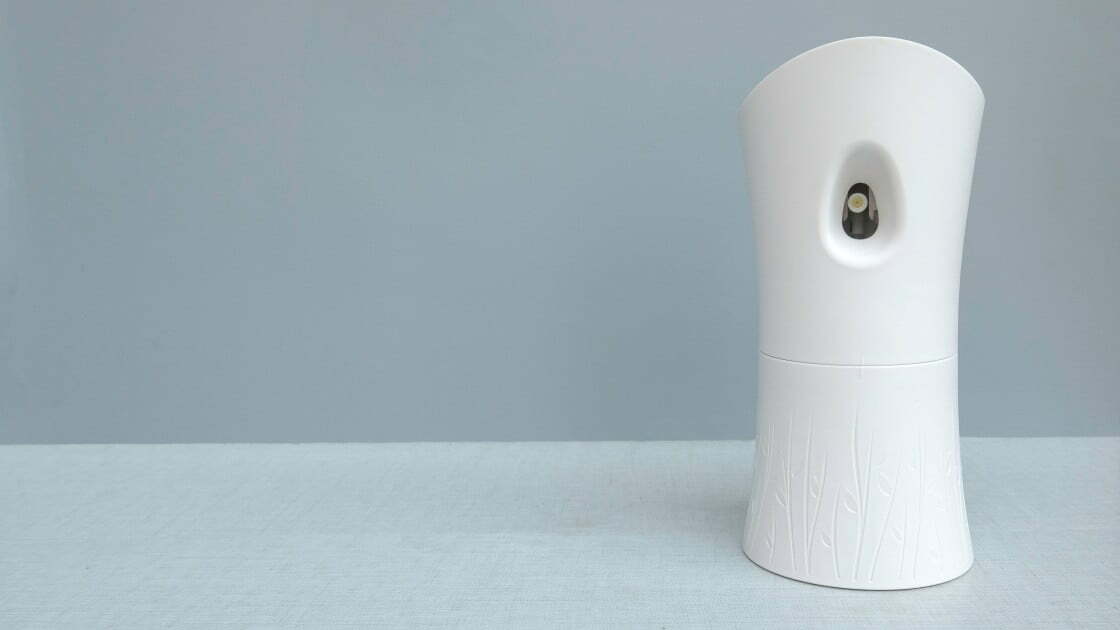
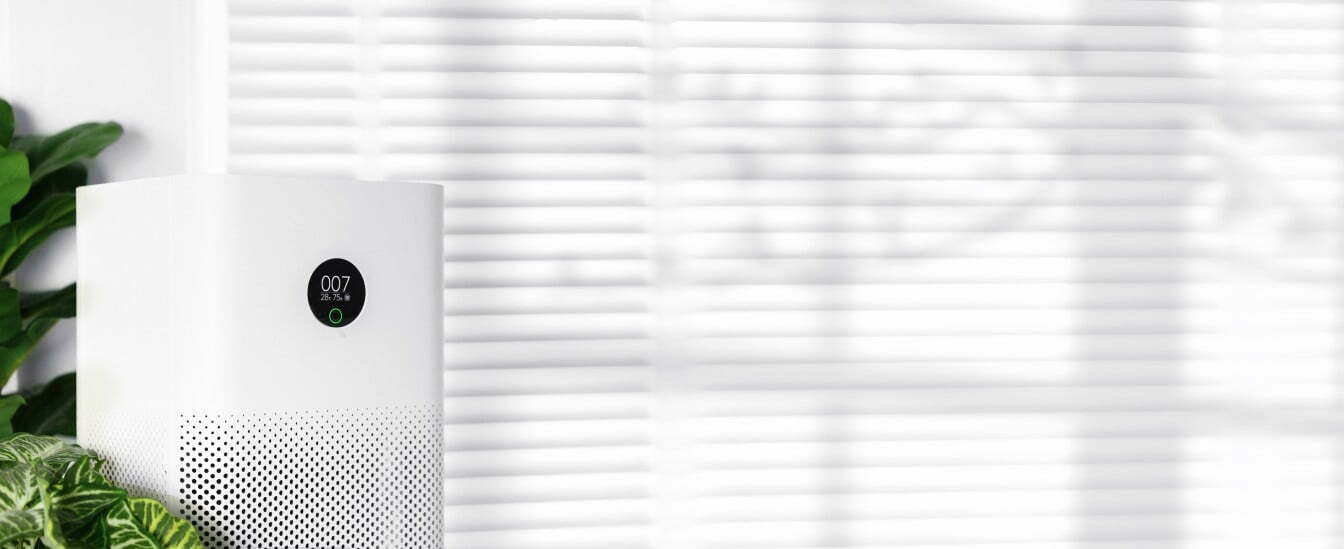
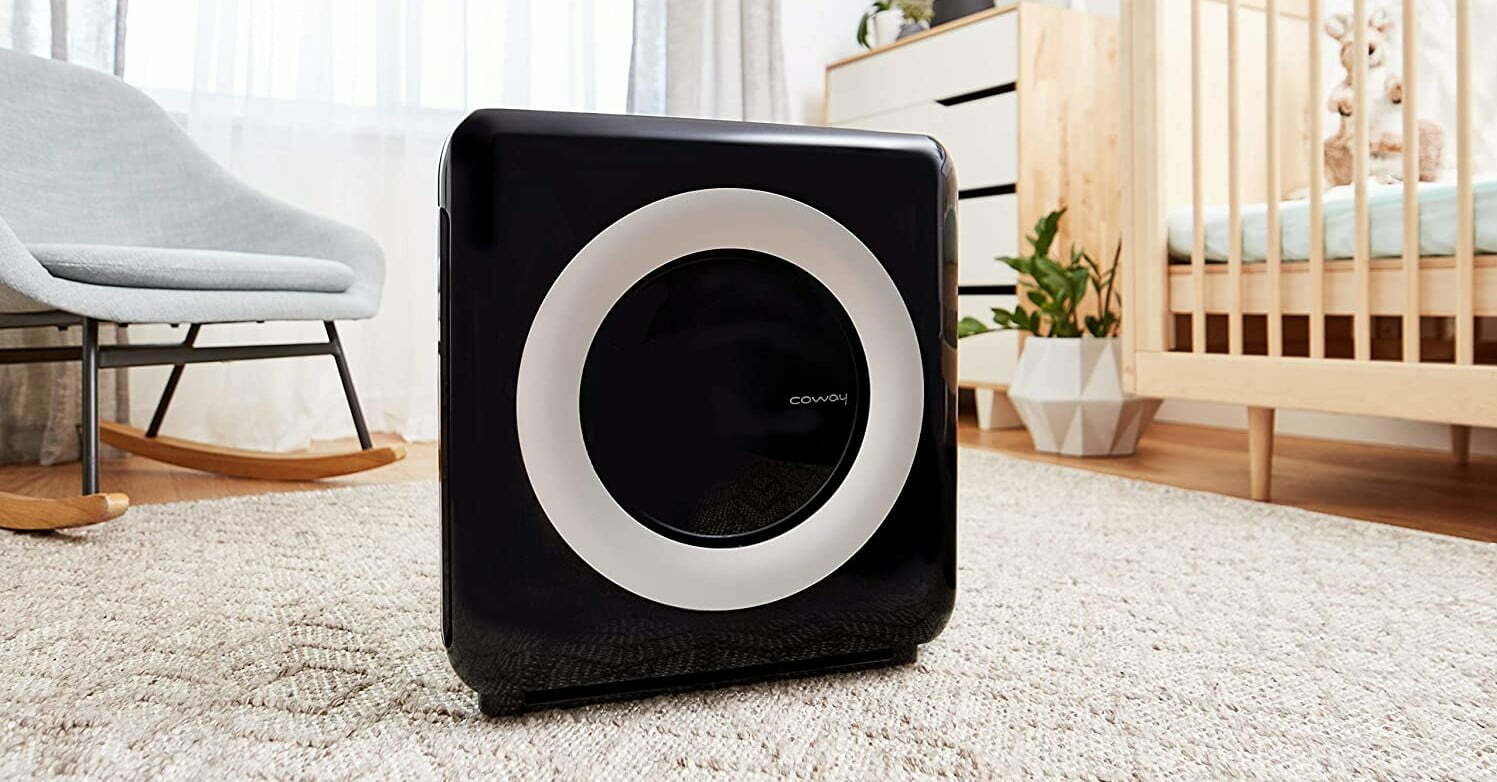
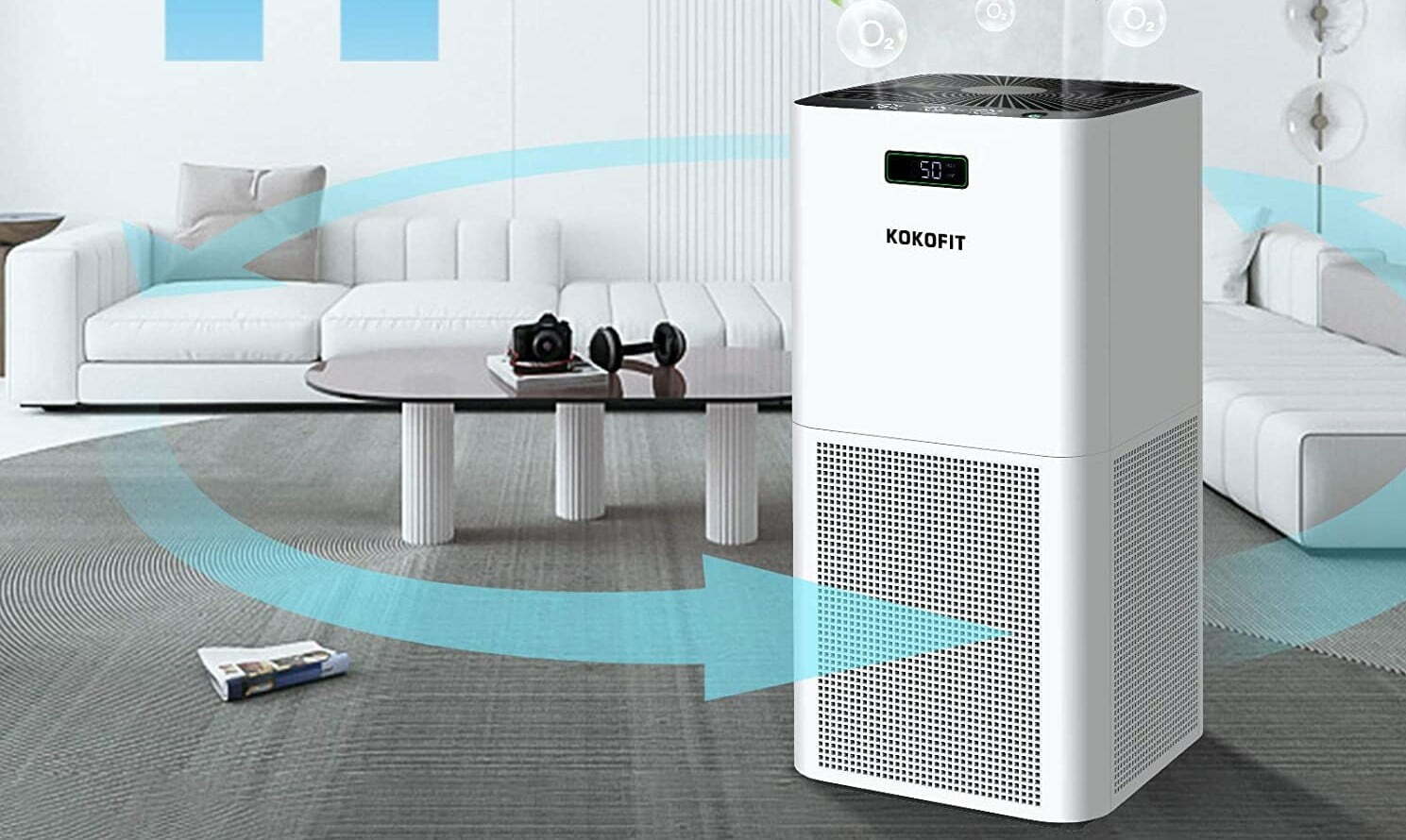
![Best Air Purifiers for VOCs and Formaldehyde in [year] 27 Best Air Purifiers for VOCs and Formaldehyde in 2025](https://www.gadgetreview.dev/wp-content/uploads/best-air-purifier-for-vocs-and-formaldehyde-image.jpg)
![Best Air Purifier in [year] ([month] Reviews) 28 Best Air Purifier in 2025 (April Reviews)](https://www.gadgetreview.dev/wp-content/uploads/Honeywell-True-HEPA-Allergen-Remover-HPA300-e1475603569442.jpg)
![Best Air Purifiers for Dust in [year] 29 Best Air Purifiers for Dust in 2025](https://www.gadgetreview.dev/wp-content/uploads/best-air-purifier-for-dust-image.jpg)
![Best Honeywell Air Purifiers in [year] 30 Best Honeywell Air Purifiers in 2025](https://www.gadgetreview.dev/wp-content/uploads/best-honeywell-air-purifier-image.jpg)
![Best Germicidal Air Purifiers in [year] 31 Best Germicidal Air Purifiers in 2025](https://www.gadgetreview.dev/wp-content/uploads/best-germicidal-air-purifier-image.jpg)
![Best Filterless Air Purifiers in [year] 32 Best Filterless Air Purifiers in 2025](https://www.gadgetreview.dev/wp-content/uploads/best-filterless-air-purifier-image.jpg)
![Best Levoit Air Purifiers in [year] 33 Best Levoit Air Purifiers in 2025](https://www.gadgetreview.dev/wp-content/uploads/best-levoit-air-purifier-image.jpg)
![Best Air Purifiers for Smoking Weed in [year] 34 Best Air Purifiers for Smoking Weed in 2025](https://www.gadgetreview.dev/wp-content/uploads/best-air-purifier-for-smoking-weed-image.jpg)
![Best Quiet Air Purifiers in [year] 35 Best Quiet Air Purifiers in 2025](https://www.gadgetreview.dev/wp-content/uploads/best-quiet-air-purifier-image.jpg)
![Best Dyson Air Purifiers in [year] 36 Best Dyson Air Purifiers in 2025](https://www.gadgetreview.dev/wp-content/uploads/best-dyson-air-purifier.jpg)
![Best Desktop Air Purifiers in [year] 37 Best Desktop Air Purifiers in 2025](https://www.gadgetreview.dev/wp-content/uploads/best-desktop-air-purifier.jpg)
![Best Air Purifiers for Dorm Room in [year] 38 Best Air Purifiers for Dorm Room in 2025](https://www.gadgetreview.dev/wp-content/uploads/air-purifier-for-dorm-room-1.jpg)
![Best Air Purifiers for Office in [year] 39 Best Air Purifiers for Office in 2025](https://www.gadgetreview.dev/wp-content/uploads/best-air-purifier-for-office.jpg)
![Best Air Purifiers for Basement in [year] 40 Best Air Purifiers for Basement in 2025](https://www.gadgetreview.dev/wp-content/uploads/best-air-purifier-for-basement.jpg)
![Best Air Purifiers For Odor in [year] 41 Best Air Purifiers For Odor in 2025](https://www.gadgetreview.dev/wp-content/uploads/best-air-purifier-odor.jpg)
![10 Best Whole House Air Purifiers in [year] 42 10 Best Whole House Air Purifiers in 2025](https://www.gadgetreview.dev/wp-content/uploads/best-whole-house-air-purifier-image.jpg)
![10 Best Large Room Air Purifiers in [year] 43 10 Best Large Room Air Purifiers in 2025](https://www.gadgetreview.dev/wp-content/uploads/Coway-Airmega-200M-Large-Room-Air-Purifier-900x900-1.png)
![10 Best UV Air Purifiers in [year] 44 10 Best UV Air Purifiers in 2025](https://www.gadgetreview.dev/wp-content/uploads/best-uv-air-purifier.jpg)
![10 Best Smart Air Purifiers in [year] 45 10 Best Smart Air Purifiers in 2025](https://www.gadgetreview.dev/wp-content/uploads/best-smart-air-purifier.jpg)
![10 Best Personal Air Purifiers in [year] 46 10 Best Personal Air Purifiers in 2025](https://www.gadgetreview.dev/wp-content/uploads/best-personal-air-purifiers.jpg)
